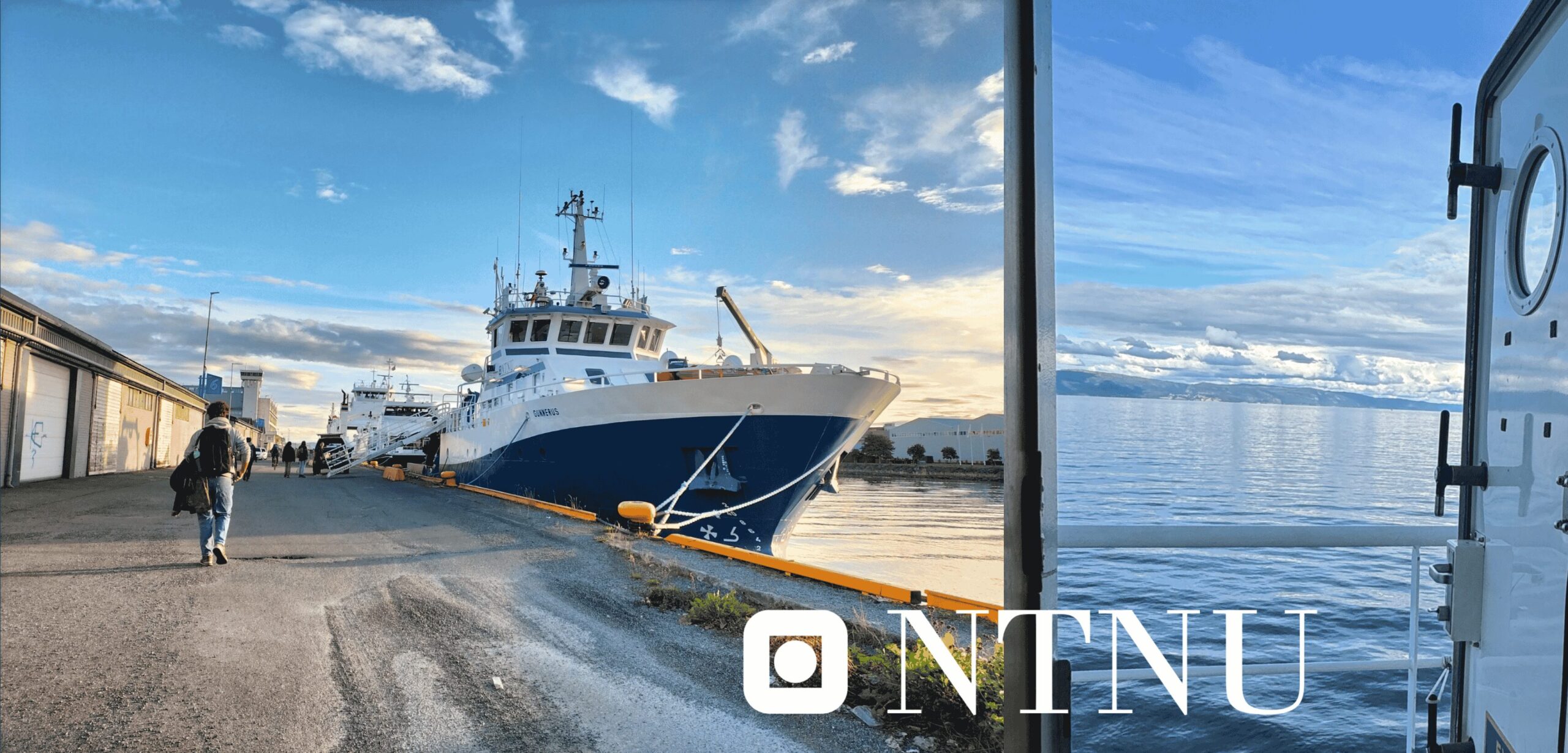
Photo credits: César Gomes, Raquel Alves
TWILIGHTED goes to Trondheim!
Moose, hail, an aurora borealis and deep-sea technology
By Diane Esson, Oct 2025
For two weeks in September, fifteen PhD students, early career researchers, technicians and senior scientists from ARDITI and GEOMAR descended on Trondheim, Norway for the TWILIGHTED Technology Training School. The school was designed by NTNU partners to provide a greater understanding of state-of-the-art tools used for deep-sea research at leading research institutes. These technologies included camera systems, hydrophones and other sensors for deep-sea observation and monitoring; active acoustic systems for habitat mapping and navigation; and remote controlled and autonomous systems for sample collection, visualization and experimentation. The training also introduced the infrastructures and processes used for coordinated, safe deployment and for troubleshooting.

Photos: (1, 2) Aboard RV Gunnerus by César Gomes and (3) plankton sampling by Rodrigo Silva
The school was split into two parts: four days at sea aboard RV Gunnerus for equipment deployments and sample collections and four days for classroom-based training at NTNU’s field station at Sletvik. Combined, these sessions covered theoretical, hands-on and data analysis elements of two core training modules: (1) Acoustic Systems and (2) AUVs/ROVs.
Technology training modules
| Acoustic Systems | Autonomous Underwater Vehicles (AUVs) and Remotely Operated Vehicles (ROVs) |
| – Acoustic instrumentation (options, constraints, considerations) – passive and active – Acoustic analysis (software tools and techniques) – Deployment – Hand-ons data analysis | – Deployment of AUVs and ROVs – Data collection and interpretation – Hands-on video footage analysis – Coral sampling – Sediment core sampling |

Photos: (1) AUV by Rodrigo Silva, (2) field mission by João Pestana, (3) sediment cores and (4) Blueye antenna by César Gomes
Following the school, our participants summarized what they learned within these modules:
1. Planning and operations at sea
Gained experience in the planning, organization, and problem-solving involved in different onboard operations using a working-class ROV. At the beginning of the day, there was a briefing to let everyone know exactly what was about to unfold during the day. During operation, we witnessed a very clear and concise communication between ROV team and vessel crew, so that operation would run smoothly with no incidents.
2. Acoustics
Learned about the deployment of passive acoustic recorders in cabled observatories, including hydrophone basics, setup steps, brand differences, calibration procedures, and deployment both via ROV in an observatory and via small boats in a lake for testing purposes. Acquired practical skills in downloading, storing, and conducting preliminary analyses of acoustic data from different sensors. This included the use of MATLAB add-on programs (Triton software package) for call detection and classification, with a focus on echolocation click detection and classification.

Photos: (1) Hydrophones by Rodrigo Silva, (2) acoustics data by Annalisa Sambolino and (3) deployment by Samantha Schmidt
3. AUVs
Gained insights into the composition and operation of L-AUVs, including software setup, mission planning, launching, field deployment, retrieval, and data exploration. Hands-on experience with Neptus software to plan missions for lAUVs and also deploying and retrieving the systems. Witnessed the range of uses, such as scanning the seafloor, collecting continuous CTD data (conductivity, temperature, density) in the water column along transects or identifying and quantifying zooplankton and microplastics in situ using a “Silk Cam” system. Failures were common though, due to the complexity of operating big/long AUVs, which have a lot of issues with the control of rolling and pitching movements.
4. ROVs
Learned about the use and potential of Blueye ROVs, particularly their integration into ecological surveys and their application in species detection and classification. Witnessed deployment of permanent stations underwater, which can have a bunch of oceanographic instruments (e.g. CTD, ADCP, hydrophones) connected to NTNU facilities on land by an underwater cable and have real time and long-term data collection; deep sea coral sampling and sediment sampling using the Minerva II ROV; and the Blueye ROV station – an underwater permanent station for visual inspections using a light ROV. Practiced using Squidle+ to upload and classify video data of benthic species collected during ROV surveys. We saw how they use an AI web platform to automatically identify species or marine litter from ROV footage.
4. Sample collection
Observed the challenges of collecting sediment cores with an ROV, often learning more from failures than successes. Similar to what I experienced during a GEOMAR scientific cruise in 2020, many cores came up empty, highlighting the difficulties of this sampling. We also observed new approaches, such as using cylindrical sediment push corers operated by an ROV, and the challenges faced in their deployment, although these have been even less successful than “older” technologies.

Photos: (1) ROV Minerva II by César Gomes, (2, 4) coral samples by Raquel Alves and (3) ROV control room by João Pestana
We also asked participants what broader learnings or specific adaptations we could apply at MARE-Madeira/ARDITI. More rigorous communication procedures to ensure all teammates are aligned on planning, procedures and outcomes of field missions was the most mentioned suggestion. Another common reply was the value of maintaining our lower-cost approach in Madeira.
Key actionables for MARE-Madeira
| Strategic mission management and communication | A key takeaway was the importance of operational organization and effective briefings. General briefings with all personnel were valuable, and specific briefings before each operation helped clarify tasks, procedures, and roles. I learned the importance of having a multidisciplinary leader, structured planning with clear milestones, collaborative decision-making, and concise communication to ensure the safety and success of the expedition. At MARE-Madeira/ARDITI, we could implement more rigorous pre-mission briefings and post-mission debriefings to improve communication and continuous learning. Adopting a structured, milestone-oriented planning for our field campaigns could also enhance efficiency. To increase the chances of this change happening, we should identify a dedicated, multidisciplinary team leader for field missions. |
| Keeping a low-cost focus | NTNU has big solutions for big problems, and we have obtained significant success with small solutions for big problems. This is something I also witnessed at GEOMAR. A large institution has a very large capability (the scale is amazing) but very low speed and flexibility. MARE is small, light and flexible. Perhaps this is itself a very good learning, and something we can take with us. I saw that more complex technology does not always guarantee higher success. Advanced tools require extensive testing, can be costly, and sometimes fail in practice. Simpler, low-cost solutions might achieve similar results with less investment and effort. |
| GPS for underwater deployments | An interesting, important and feasible feature is to add the underwater position to our underwater instrumentation – a technology that allows for the precise positioning of underwater objects. Using this positioning system could be a game-changer for our deep-sea research, as we would feel much more comfortable and confident deploying instruments and piloting ROVs. |

Photos: (1) João Pestana, (2) Rodrigo Silva, (3) Raquel Alves
Additional Feedback
| What were you hoping to learn or gain? | My goals were to understand how high-cost equipment functions and its reliability, and to explore how low-cost technologies could be used to replicate these capabilities within my own team and institution. Specifically, I was interested in what low-cost alternatives NTNU is already implementing. As this was my first time participating in a research cruise, my main goal was to deepen my understanding of the practical aspects of marine research operations, including the procedures and the use of different types of equipment. |
| Did this training impact your plans for the future? | I feel more prepared to put my hands on deep-sea research. Some of the methodologies used can be adapted to our reality in Madeira, but others cannot. Interesting to see what can be done in calm, deep waters with soft bottoms on the fjords, and what is not viable, even if we had infinite funding, due to the rough oceanic waters with rocky reefs like we had in Madeira. The planning and logistics are much more demanding in Madeira due to the meteorological conditions. Looking to the future, I think I am much more prepared for a realistic plan and what could be viable for deep-sea research in Madeira. From an acoustics perspective, it was particularly valuable to gain a clearer understanding of the trade-offs between equipment costs and the quality of data collected. This insight will help in making more informed decisions about the type of equipment to use under different circumstances, taking into account setup constraints and deployment duration. Such knowledge will benefit both me and my team in planning future purchases and designing data collection strategies. This training will directly impact my approach to future scientific campaigns and fieldwork. Based on the efficient model I observed, I plan to implement improved logistical organization, communication strategies, and interaction protocols among team members. The course reinforced that using low-cost equipment does not mean sacrificing these essential procedures. On the contrary, applying these principles can significantly increase the efficiency of our work and thereby reduce project costs, while allowing for collaborative input from the entire group. |
Beyond learning about deep-sea technologies and how a large team works together to complete complex missions, the training course proved another great opportunity to strengthen the relationship between all three TWILIGHTED partner institutes – MARE-Madeira/ARDITI, GEOMAR and NTNU. Attendees also got the fully Norway experience with a moose sighting, a hailstorm and an amazing show of the Northern Lights (making some of us who didn’t go jealous… *cough, cough*). Thank you, NTNU for being such amazing hosts!

Photo credits: (1) César Gomes, (2) Raquel Alves and (3) Pedro De La Torre
Attendees: ARDITI (13): Marko Radeta, João Pestana, Laura Redaelli, Dinarte Vieira, César Gomes, Rodrigo Silva, Annalisa Sambolino, Sabine Rech, Raquel Alves, Gonçalo Barros, Caroline Ferreira, Iuri Ramos, Patrícia Nunes (part time for filming; staff exchange) GEOMAR (2): Julian Stauffer, Samantha Schmidt.
Coordinators: NTNU (15): Ana Širović, Martin Ludvigsen, Emilie Rojas, Justine Courboules, Pedro de la Torre, Antonio Vaslijevic, Sebastian Sikora, Leonard Gunzel, Marcus Hongslo, Ahmed Abdelgayed, Hassan Elkholy, Onurcan Köken, Kailee Kretzinger, Murat van Ardelan, Lena Van Giesen. NINA (1): Johanna Jarnegren
A technology training handbook reviewing the lessons from this school will be created and made publicly available on the TWILIGHTED website by the end of the year.
